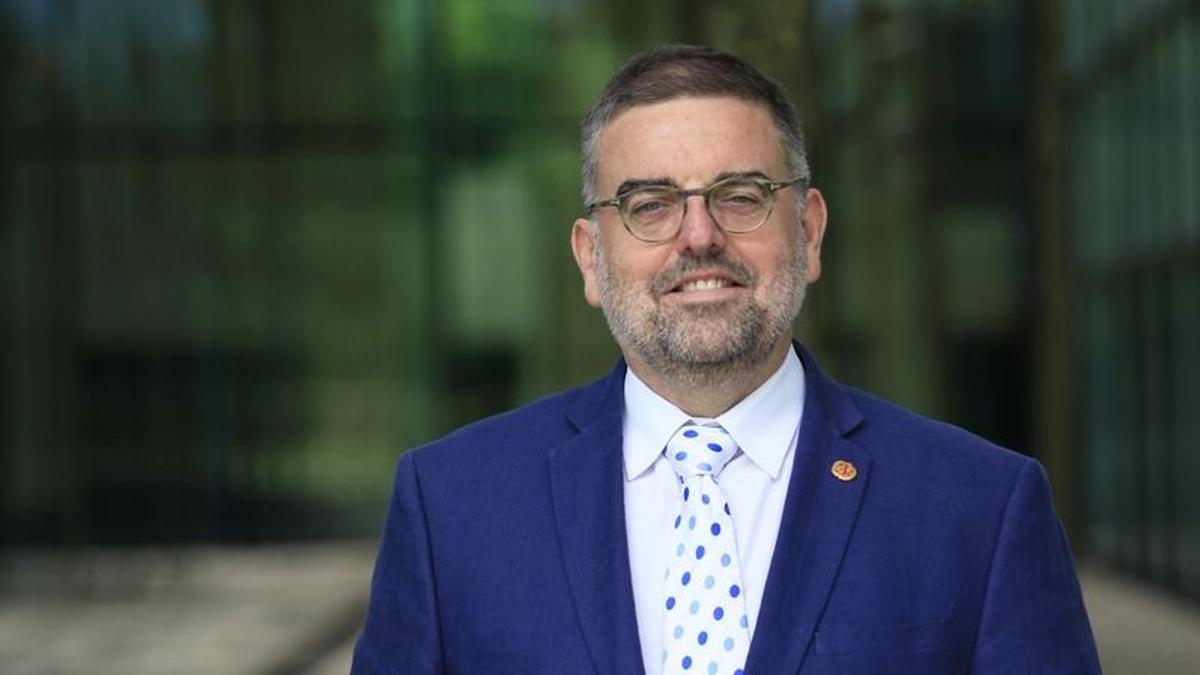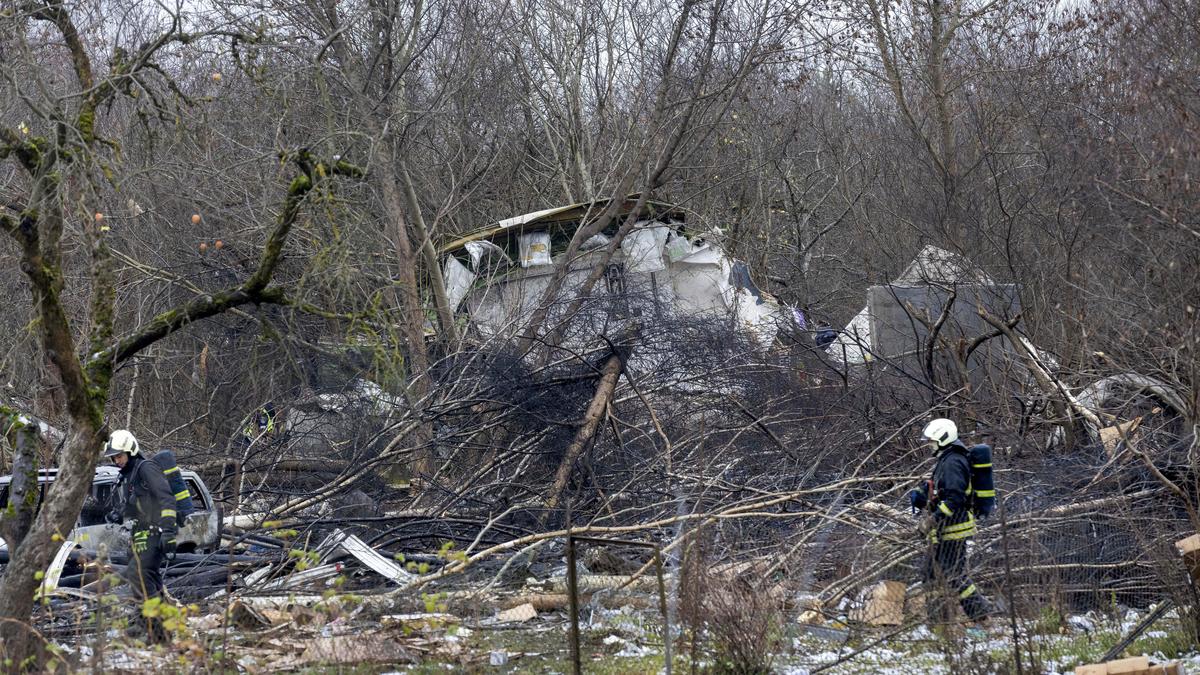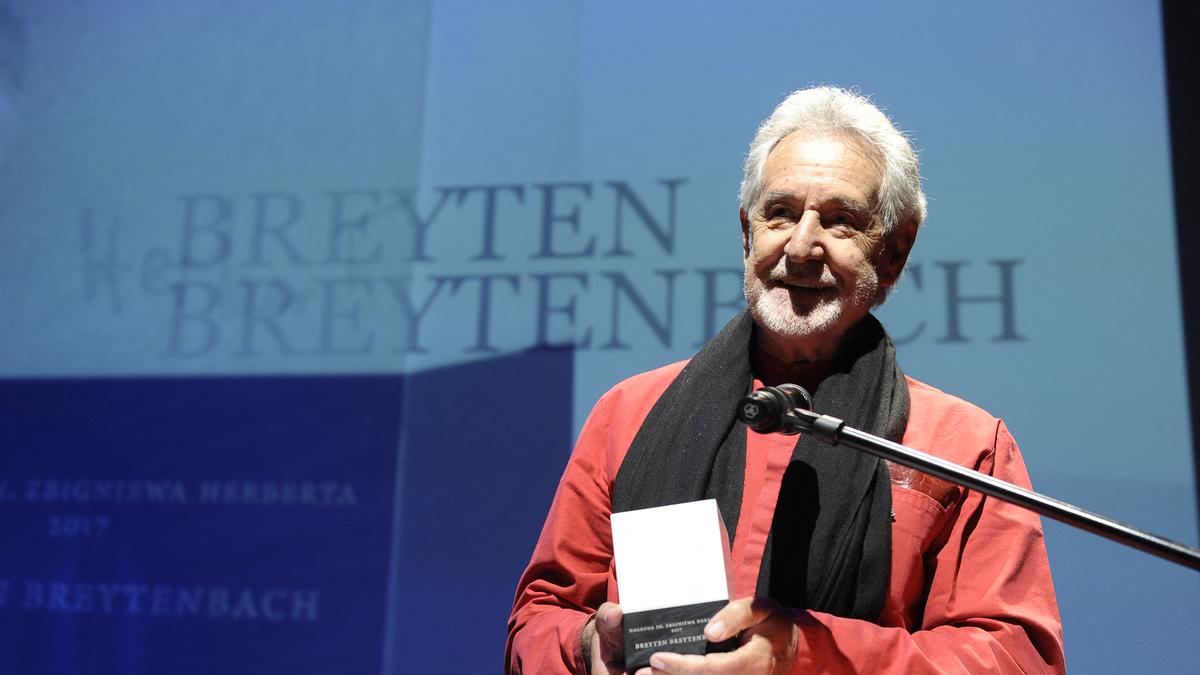Without India doing a large part of the heavy lifting, it is unlikely that the world will meet the Sustainable Development Goal of ending AIDS as a public health threat by 2030, said Eamon Murphy, UNAIDS director for the Asia Pacific and other regions, in a written interview with The Hindu.
Noting that India has demonstrated high commitment and positive results in the last decades, he said that annual new HIV infections have fallen 44% between 2010 and 2023, better than the global average. However, HIV prevention efforts will need to be accelerated if India is to close the gap with a focus on specific States and districts, he said.

The UNAIDS director emphasised that the next five years will be critical for the country to accelerate efforts and share its experience with other countries in the region.
OPINION | The ART of India’s HIV/AIDS response
‘Prevention is key’
Dr. Murphy, who was recently in India to discuss the challenges in HIV prevention with the Central government and other stakeholders, said that planning for long-term sustainability beyond 2030 is crucial to preserving the gains made and ensuring that the impact is durable and transformative.
“To achieve the goal of ending AIDS as a public health threat by 2030, we must not only diagnose and successfully treat people living with HIV but also dramatically lower new infections. Prevention is key. Every new infection means a person requires treatment for life. So, for a sustainable HIV response we must focus more on prevention. We must also ensure that there are sustainable health systems for HIV and health which are co-designed and co-implemented by communities and civil society so they respond to people’s needs,’’ he said.
Dr. Murphy noted that last year, there were 68,000 new infections in India, meaning that around 185 people were infected every day. “The global AIDS strategy calls for 80% of prevention services to be delivered by community-led organisations that are best placed to reach key populations. These organisations need the right space and resources to lead,’’ he said.
Also Read | AIDS can be stopped with science-backed tools
Access to new treatments
India has made notable progress in reducing annual AIDS-related deaths by nearly 80% between 2010 and 2023, which is also above the global average, he said.
UNAIDS is currently advocating for new technologies, including long-acting injectables, to reach all patients at affordable prices, he added.
Published – October 03, 2024 07:42 pm IST






